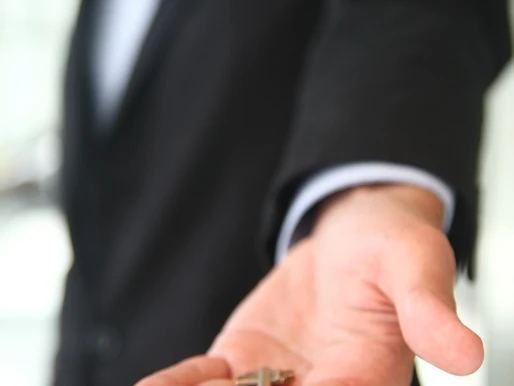
In a world where businesses and professionals constantly face limitations—whether budget constraints, tight deadlines, or scarce resources—the ability to innovate despite (or because of) these challenges has never been more critical.
This is precisely the premise of The Beautiful Constraint by Adam Morgan and Mark Barden. But how does this philosophy connect with Design Thinking, one of the most widely used innovation methodologies today? The answer lies in their shared emphasis on reframing problems, embracing creativity, and leveraging constraints as a springboard for groundbreaking solutions.
Constraints as Catalysts: The Core Connection
Both The Beautiful Constraint and Design Thinking challenge the traditional mindset that constraints are barriers to progress. Instead, they advocate for a perspective shift: What if constraints weren’t obstacles but enablers of innovation?
In The Beautiful Constraint, Morgan and Barden introduce the “Can-If” mindset, a problem-solving approach that turns “We can’t because…” into “We can if…”. Similarly, Design Thinking is rooted in human-centered problem-solving, where teams iterate, prototype, and test solutions despite existing limitations. In both frameworks, constraints force creativity by pushing teams to explore unconventional paths.
For example, in the Ideation phase of Design Thinking, teams are encouraged to generate ideas freely—but real innovation happens when they work within constraints, not against them. If a company has a limited budget for a new product, Design Thinking prompts the question: How might we create a valuable experience using minimal resources? This aligns perfectly with The Beautiful Constraint’s notion that scarcity breeds ingenuity.
The Three Phases and the Design Thinking Journey
Morgan and Barden outline three stages of working with constraints:
1. Victim: Seeing constraints as immovable obstacles.
2. Neutralizer: Finding ways to work around them.
3. Transformer: Using them as a competitive advantage.
This mirrors the Design Thinking process
• Empathize & Define → Overcoming the “Victim” mindset
At the start, teams must deeply understand user needs and the true nature of the problem. Like moving from Victim to Neutralizer, this stage helps shift from frustration to possibility.
• Ideate & Prototype → Moving from Neutralizer to Transformer
The iterative nature of Design Thinking—quick experiments, learning from failure, and refining solutions—echoes the mindset shift in The Beautiful Constraint. By testing multiple solutions within given limitations, teams discover unexpected advantages in their constraints.
• Test & Implement → Fully embracing the Transformer mindset
Once a solution is validated, it becomes clear that the constraint was not a barrier but a driver of innovation. Companies that master this, like Airbnb (which started with no funding and had to rent out air mattresses), turn constraints into long-term strengths.
Bringing It to Life: Practical Application
Imagine a startup aiming to launch an eco-friendly packaging solution but facing high material costs.
• A traditional mindset would say: “We can’t compete because sustainable materials are expensive.”
• A Can-If mindset would ask: “We can create sustainable packaging if we use alternative, low-cost biodegradable sources.”
• A Design Thinking approach would lead the team to prototype multiple materials, test with consumers, and refine the best low-cost, eco-friendly alternative.
The combination of The Beautiful Constraint‘s reframing of limitations with Design Thinking’s structured experimentation creates a powerful recipe for continuous innovation.
Final Thoughts: Constraints Fuel the Best Innovations
The most groundbreaking solutions don’t come from limitless resources but from cleverly navigating limitations. The Beautiful Constraint provides the mindset, while Design Thinking provides the method. When combined, they help individuals and organizations not just survive constraints but thrive because of them.
Instead of seeing obstacles as roadblocks, what if we saw them as the very thing that leads to our next big breakthrough?
The answer lies in how we choose to think about limitations—as barriers, or as beautiful constraints.
